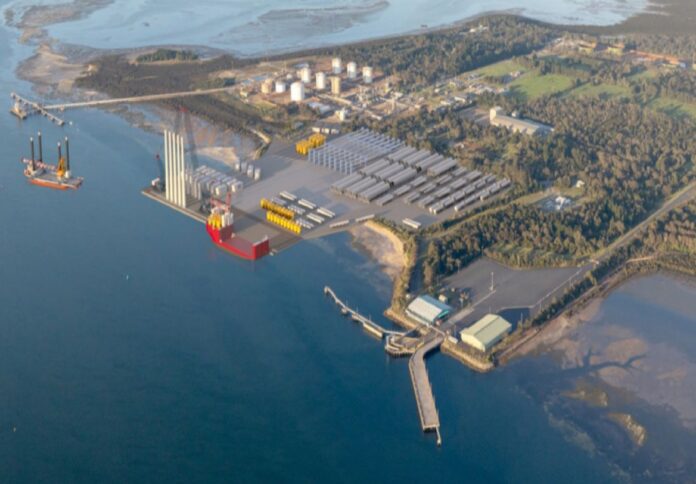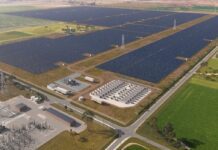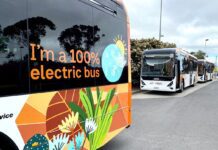
Minister for Climate Action Lily D’Ambrosio has formalised its emissions reduction target, under Victoria’s Climate Change Act 2017, to cut Victoria’s emissions by 75 to 80 per cent by 2035.
This ambitious goal expands on the government’s record success to date, which includes a reduction of the state’s emissions of 32.3 per cent below 2005 levels, the government said in a media release.
To date, the government is implementing a number of projects across Victoria, such as providing zero-emissions transportation, assisting farmers in reducing emissions, storing carbon in the landscape, and reducing waste-related emissions through the circular economy.
Additionally, by 2025, Victoria revealed its plans to have all government functions run entirely on renewable energy.
With the help of these new goals, Victoria said it will be able to take advantage of the great economic potential that addressing climate change brings, benefiting the economy by $63 billion and supporting the creation of thousands of employment.
Minister D’Ambrosio stated that Victoria is still setting the bar for climate action in Australia with the objective to cut emissions by 75 to 80 per cent by 2035 and to net-zero by 2045.
“Victoria has cut emissions by more than any other state since 2014 and we’re laying the foundation for more long-lasting change with significant investments in renewable energy such as bringing back the SEC,” she explained.
The Independent Expert Panel’s recommendations are taken into account in Victoria’s ambitious and reachable 2035 emissions reduction target, according to Chair of the Independent Expert Panel Martijn Wilder AM.
This guarantees Victoria’s continued alignment with the aims of the Paris Agreement while boosting clean investment in Victoria’s economy, Wilder noted.
The government also emphasised the importance of the re-establishment of the State Electricity Commission (SEC), which would invest $1 billion initially in new renewable, publicly-owned energy.
Later this year, the government will pass legislation establishing these emissions reduction goals of between 75 per cent and 80 per cent by 2035 and net zero emissions by 2045.




















